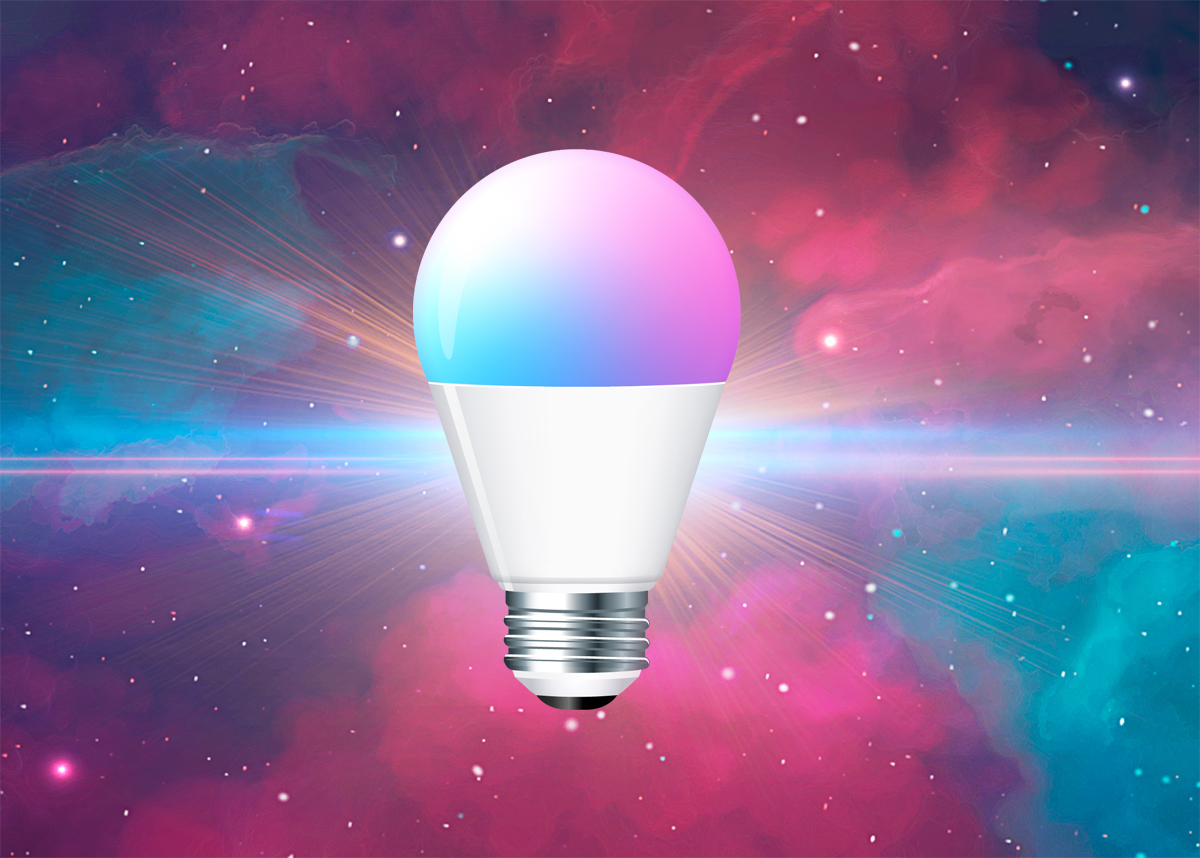
A color changing light bulb is a spectrally tunable LED lamp that can produce predictable colors from a color mixing system consisting of a minimum of three primary colors (red, green and blue). Light is electromagnetic radiation capable of exciting the retina and producing a visual sensation. Color is an integral element of light. How colors are supposed and expected to look like depends on the spectral power distribution (SPD) of a light source. As the building block of a color, a spectral power distribution describes the electromagnetic energy emitted by a source at the different wavelengths of the visible radiation spectrum (typically from 380 to 780 nm). The apparent color of visible light can be characterized as having a particular SPD. The human visual system can aggregate radiant power distributed across the visible spectrum and differentiates between spectral channels (wavelength bands) in the radiant energy it detects. The spectral power of a single wavelength band or multiple wavelength bands is detected by the human eye and interpreted by the brain to create a perception that represents a color.





